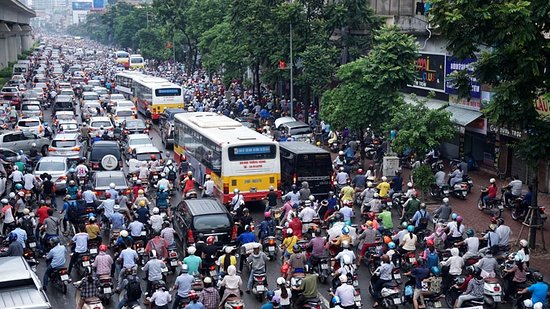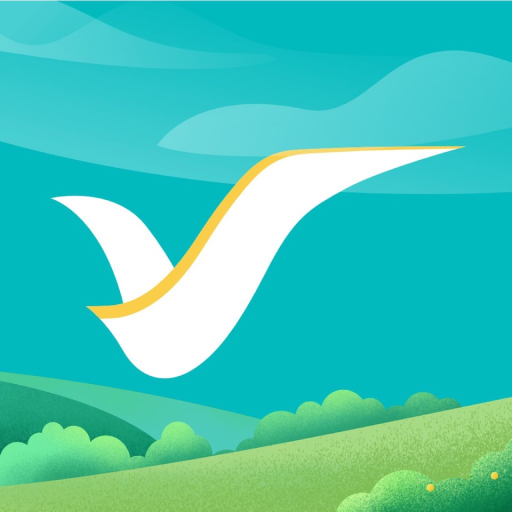Planning a trip to Vietnam? This Southeast Asian gem offers breathtaking landscapes, rich culture, and unforgettable experiences. Here’s a rundown of essential information to make your journey smooth and enjoyable.

1. Visa Requirements
Most travelers need a visa to enter Vietnam, but visa policies vary depending on nationality. Check if you’re eligible for an e-visa, which covers over 80 countries and allows for a 90-day single-entry visit. Alternatively, some countries have a visa-free arrangement for short stays (usually 15 to 30 days). Make sure to apply online for an e-visa at least a week before your departure.

2. Currency/Payment & Tipping
Understaing the Currency & Payment in Vietnam
The official currency is the Vietnamese Dong (VND). Cash is widely used, especially in smaller towns and markets, but credit cards are accepted in larger cities and tourist hotspots. It’s a good idea to have cash on hand for daily expenses, as ATMs are widely available and usually offer good exchange rates. Tipping isn’t a norm but is highly appreciated in the service industry.
Understanding the Tipping Culture in Vietnam
While tipping isn’t mandatory in Vietnam, it is increasingly appreciated, especially in the tourism and hospitality sectors. Here’s a quick guide to tipping etiquette for different services:
- Restaurants & Hotels: At most restaurants and hotels, you’ll see a tip box at the payment counter. Staff appreciate tips left here, as it’s often shared among the team. If your dining or hotel experience was exceptional, leaving a small tip in the box (around 5-10% of your bill) is a thoughtful gesture.
- Tour Guides & Drivers: For tour guides and drivers, tipping is commonly expected at the end of a tour. If you enjoyed the experience, a tip shows your gratitude. For full-day tours, tipping guides around $5-$10 per person and drivers around $3-$5 is a fair amount, though you can adjust based on service quality.
- Group Tours (Tipping Kitty): On group tours, consider using a tipping kitty. Each person in the group contributes to a single tip, which the guide then uses to tip local helpers, staff at stops along the route, and others who assist during the journey. This method simplifies tipping for everyone and covers all small expenses along the way.
General Tipping Tips
If you’re unsure about tipping, just remember that while not obligatory, a small tip goes a long way to show appreciation in Vietnam’s service industry. Staff, drivers, and guides work hard to make your experience enjoyable, and your gratitude can be very meaningful to them.

3. Language and Communication
The official language is Vietnamese, though English is commonly spoken in tourist areas, especially by younger generations and service staff. Learning a few basic Vietnamese phrases, like “Xin chào” (Hello) and “Cảm ơn” (Thank you), can be helpful and appreciated by locals. Consider downloading a translation app for smoother communication in more remote areas.

4. Transportation
- Domestic Flights: Vietnam is a long country, so flying can save you time when traveling between the north, central, and southern regions. Domestic airlines like Vietnam Airlines, VietJet are reliable.
- Trains: Vietnam’s Reunification Express connects north to south, offering scenic views and a slower travel experience.
- Buses: Long-distance buses are budget-friendly but can be slower. Sleeper buses are popular among backpackers.
- Motorbike Rentals: Motorbikes are a popular way to explore Vietnam. International licenses aren’t officially recognized, but short-term rentals are common in tourist areas.
- Grab: This ride-hailing app operates in major cities and is an easy, affordable way to get around.

5. Best Time to Visit
Vietnam’s climate varies by region:
- North (Hanoi, Ha Long Bay): Ideal in spring (March – April) and autumn (September – November) when the weather is cool and dry.
- Central (Hoi An, Da Nang): Best from January to April, with warm, dry weather for beach activities.
- South (Ho Chi Minh City, Mekong Delta): Dry season runs from December to April, offering pleasant weather.
Each season offers unique experiences, so plan according to the regions you want to visit.

6. Food and Water Safety
Vietnamese cuisine is flavorful, diverse, and a highlight of any visit. Stre/iet food is popular and safe to try at reputable spots. However, avoid drinking tap water and stick to bottled water, which is widely available. Ice is generally safe in tourist areas, but if you’re unsure, ask for drinks without ice.

7. Local Etiquette and Customs
- Respect Sacred Sites: Dress modestly when visiting temples and pagodas. Cover your shoulders and knees, and remove shoes before entering.
- Greet Politely: Handshakes are common, but a slight bow is respectful in some situations.
- Show Respect for Elders: Age is respected in Vietnamese culture; showing deference to older individuals is appreciated.
8. Health and Safety
Vietnam is generally safe for tourists, with low crime rates. However:
- Vaccinations: Consult your doctor about recommended vaccines (e.g., hepatitis A and B, typhoid).
- Travel Insurance: Medical services are available in cities, but insurance is essential for peace of mind and coverage.
- Traffic Awareness: Roads can be chaotic, especially in major cities. Be cautious as a pedestrian and always look both ways.

9. Internet and Connectivity
Wi-Fi is widely available in hotels, cafes, and public areas. Purchasing a local SIM card with data is inexpensive and can be found at the airport or convenience stores, ensuring you’re connected wherever you go. Popular providers include Viettel, Vinaphone, and Mobifone.

10. Budgeting for Your Trip
Vietnam is affordable compared to Western countries, but prices vary by region. Daily costs can include:
- Accommodation: Budget hostels start around $10/night, while mid-range hotels cost around $30-$50/night.
- Food: Street food meals cost about $1-$3, and a sit-down meal is around $7-15$.
- Transportation: Domestic flights range from $30-$100, and bus are often under $20.
11. Essential Packing Tips
- Light, Breathable Clothing: Vietnam’s tropical climate means warm, humid weather, so pack light clothing.
- Rain Gear: An umbrella or rain jacket is useful, especially during the rainy season.
- Comfortable Shoes: Vietnam’s streets can be uneven; comfortable shoes are a must.
- Sunscreen and Mosquito Repellent: Essential for tropical climates.
- Adapters: Vietnam uses 220V power with Type A, C, and F plugs. A universal adapter is handy.
12. Local Apps to Download
Download these helpful apps for a smoother trip:
- Grab & Xánhm: For ride-hailing and food delivery. Exactly similar to Uber
- Google Maps: For navigation, especially in cities.
- Google Translate: To help bridge language gaps.

Final Tips for Your Trip to Vietnam
Vietnam is a vibrant, dynamic country with friendly locals, rich traditions, and stunning landscapes. Respect the culture, embrace the diversity, and savor every experience. With these essential tips, you’re ready to explore Vietnam like a pro!
